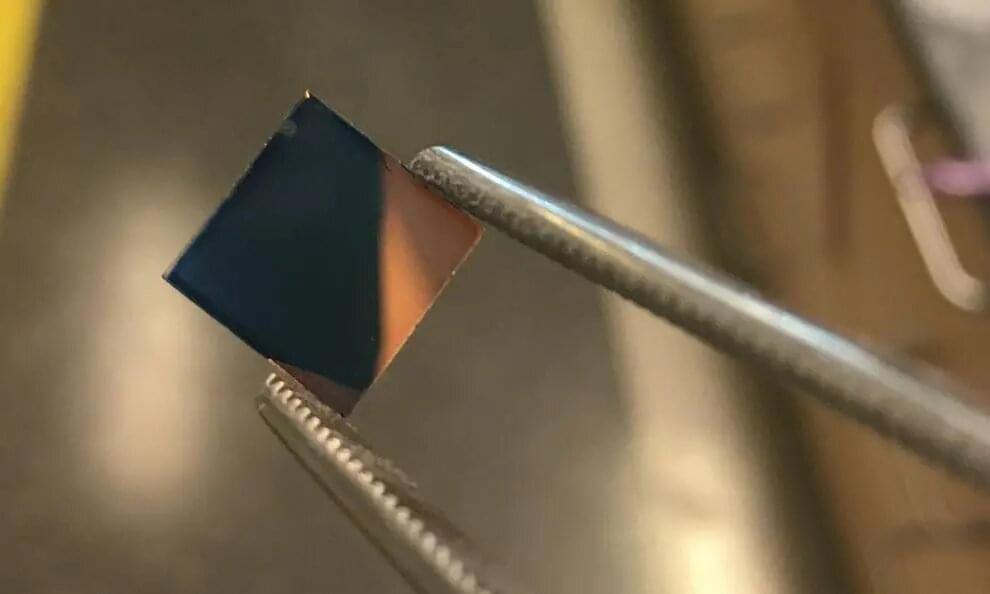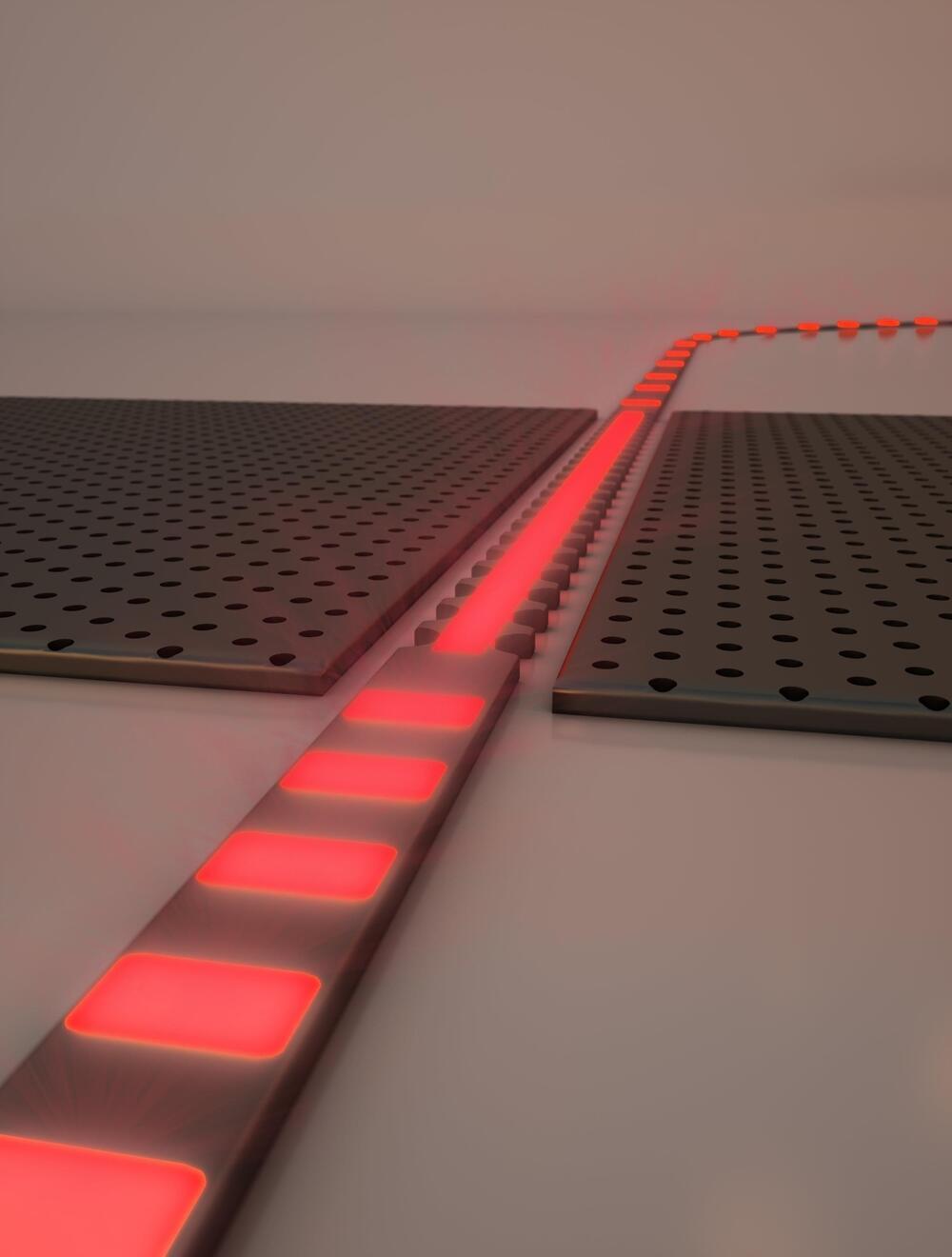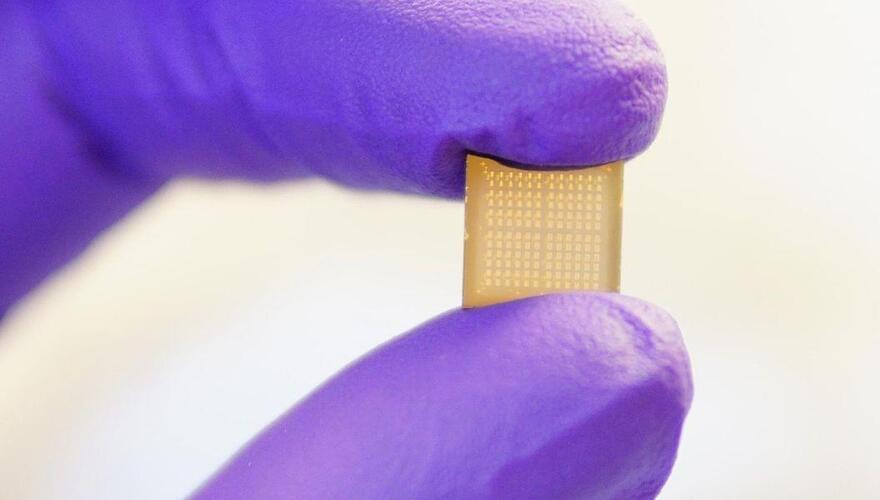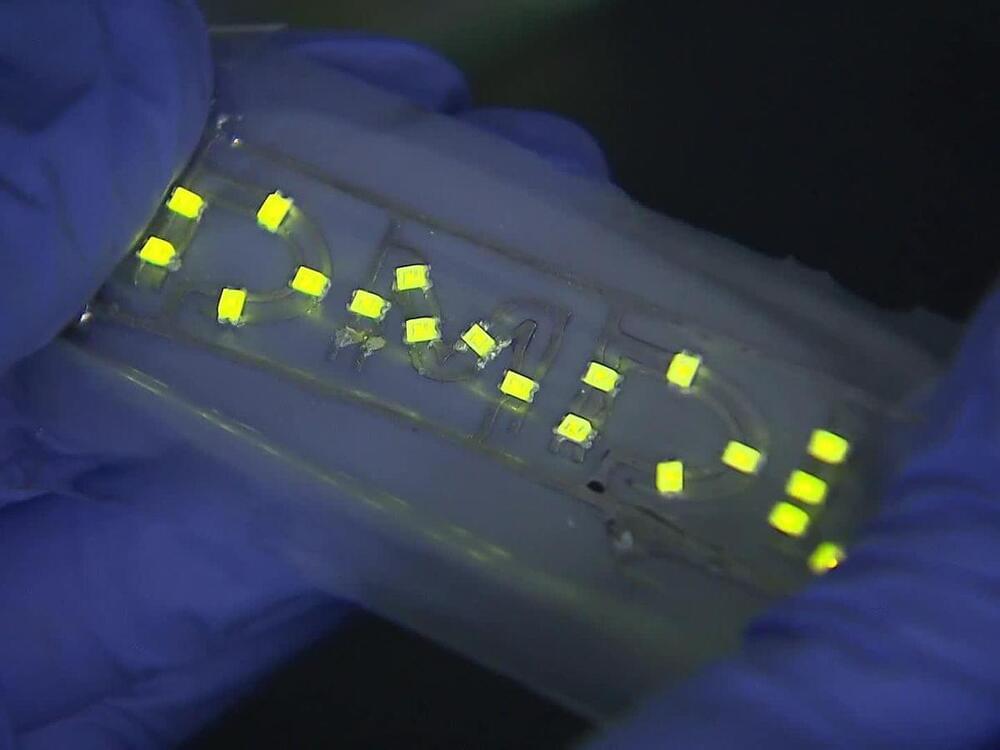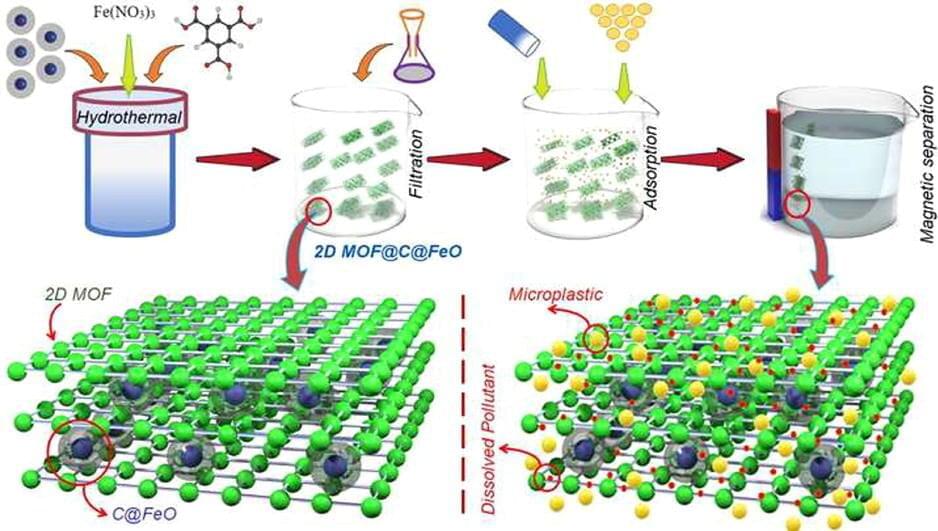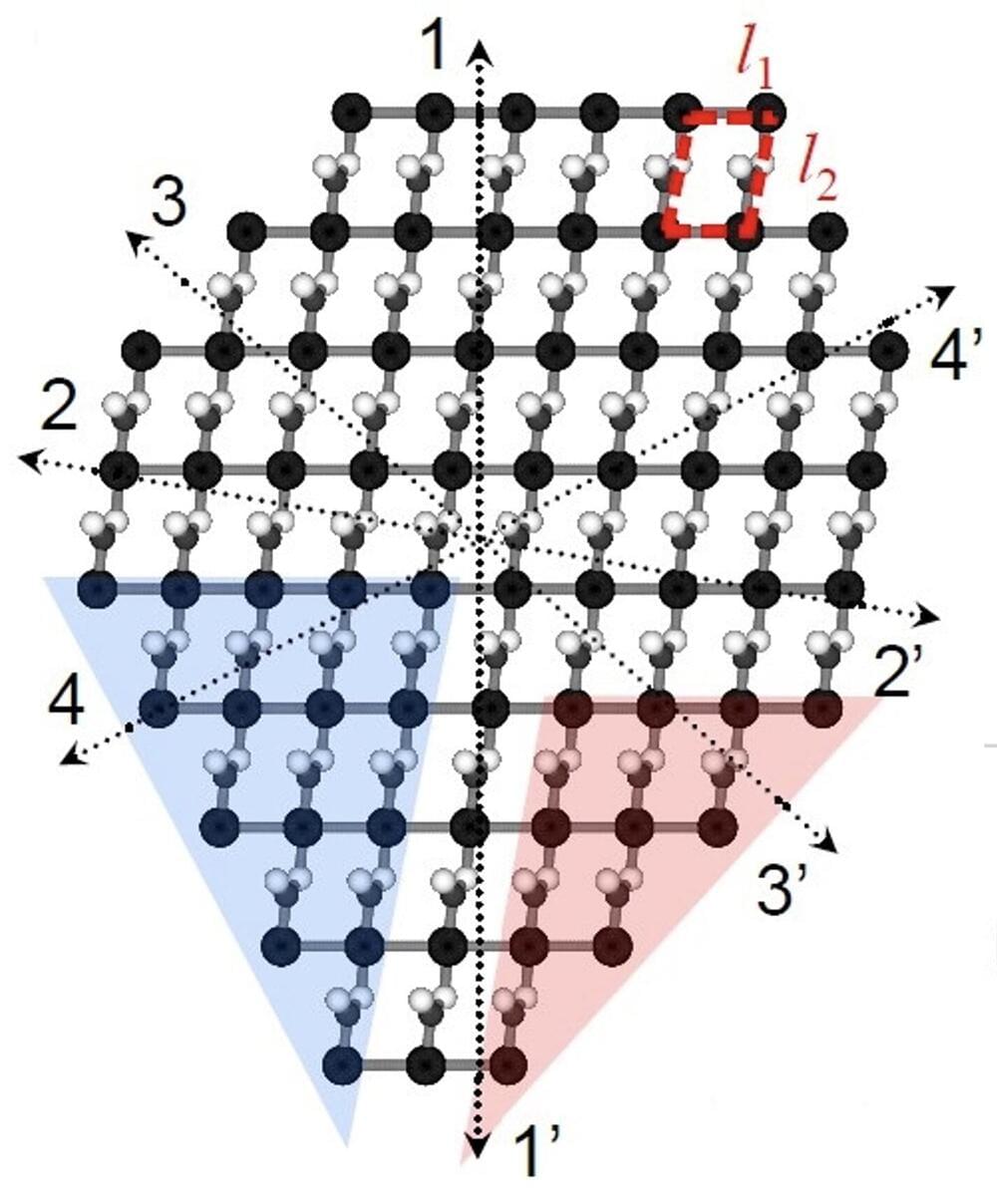Dec 4, 2022
Going back to basics yields a printable, transparent plastic that’s highly conductive
Posted by Saúl Morales Rodriguéz in category: materials
It was a simple idea—maybe even too simple to work.
Research scientist James Ponder and a team of Georgia Tech chemists and engineers thought they could design a transparent polymer film that would conduct electricity as effectively as other commonly used materials, while also being flexible and easy to use at an industrial scale.
They’d do it by simply removing the nonconductive material from their conductive element. Sounds logical, right?
